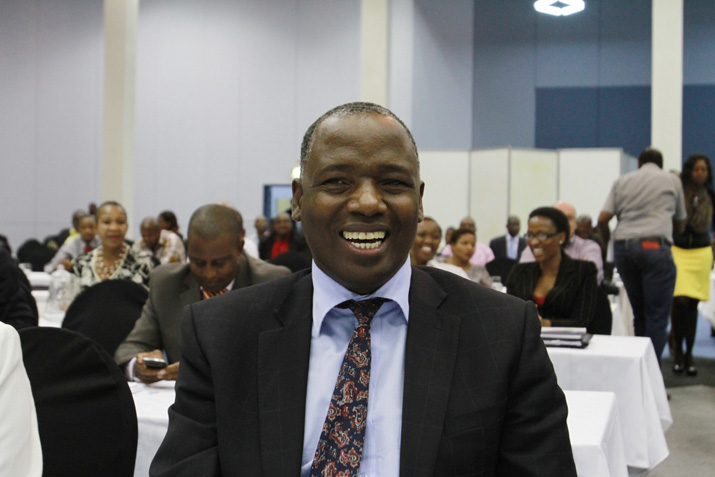The Botswana Chamber of Mines Chief Executive Officer, Charles Siwawa has revealed to Gazette Business that the first uranium mine in Botswana will be opened in 2016 around the Serule area which proves to be profitable.
“Construction should have started in 2013 and therefore was delayed. If they put it now, it will not be profitable given that the prices in the European and Asian markets are currently too low. We have also realised that the Western part of the country has more copper and more mines are expected to open in the next 3-4 years, notwithstanding the good quality iron ore by Tsodilo areas as well,” said Siwawa.
According to the Botswana Resource Sector overview of 2013/14, an Australian and also Botswana Stock Exchange listed A-Cap Resources, Uranium and Coal Development Company revealed that uranium prices are set to strengthen and increase over the next years. The company has therefore upgraded its uranium resource at its Letlhakane site, one of the largest undeveloped uranium deposits in the world.
It is poised to meet predicted growing demand for uranium within the next few years.
A-cap Resources, which is one of the world’s top 10 underdeveloped uranium projects (at Gojwane and Serule) and one of the only four which is capable of commencing production within five years, has completed an advanced scoping study, with a pre-feasibility study finalized in December 2013 followed by a bankable feasibility study to be completed by December 2014.
First production at the mine is anticipated for quarter two (Q2) of 2016 with an annual output of 3 million pounds of uranium with the mining to last over 20 years.
According to the company’s presentation at the resource sector conference held last year, A-Cap Resources CEO Paul Thomson said “it was in December 2007 that A-Cap Resources produced Botswana’s first ever uranium resource at its Letlhakane project site. In late 2009, a new surface, secondary mineralisation was discovered at Letlhakane. This secondary mineralisation represents the most profitable ore due to its high grades and metallurgical characteristics and its closeness to the surface.”
Furthermore, exploration drilling at its Bolau Discovery (coal) has shown new zone of sediment hosted uranium and could present an additional uranium site.
Impact Minerals Limited, the largest ground holder for radioactive mineral rights in Botswana is at an advanced exploration stage at its Lekabolo deposit. Drilling at its Moiyabana prospect has shown widespread uranium as well as strong rare earth elements which have similar high grade uranium characteristics to the deposits found in Canada’s Athabasca Basin and the Pine Creek Geosyncline of Australia’s Northern Territory.
Meanwhile, an estimated uranium demand is anticipated to reach 48 per cent in 2030.
Diamonds, copper-nickel, soda ash and coal are the main minerals being mined in Botswana at present. The emergence of other mines expected in the next coming years, Siwawa said, is good for Botswana as it will complement the diamonds mining.

